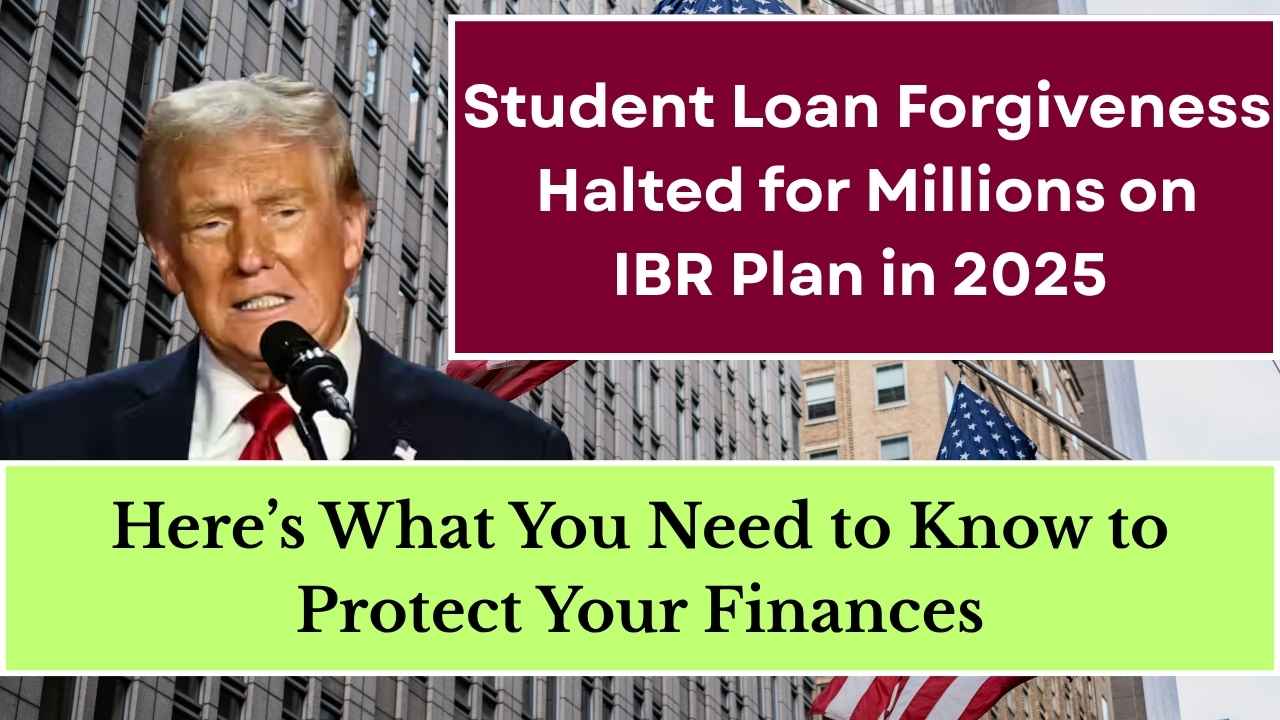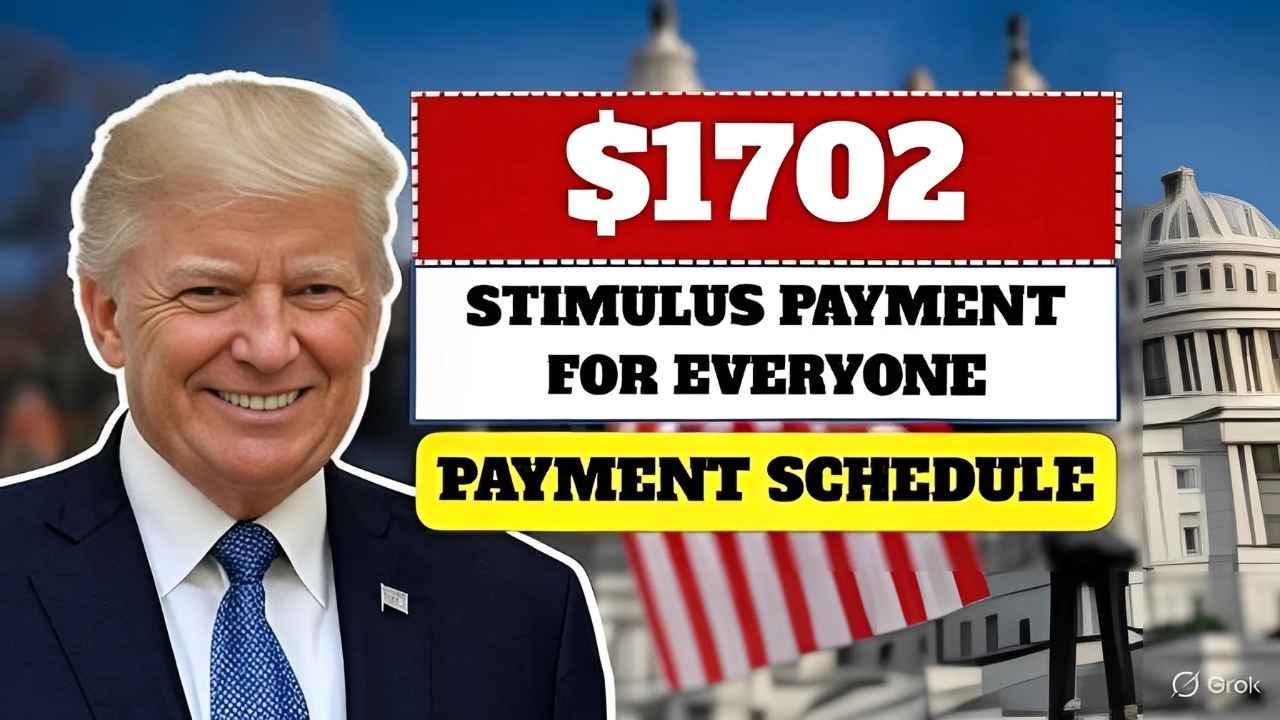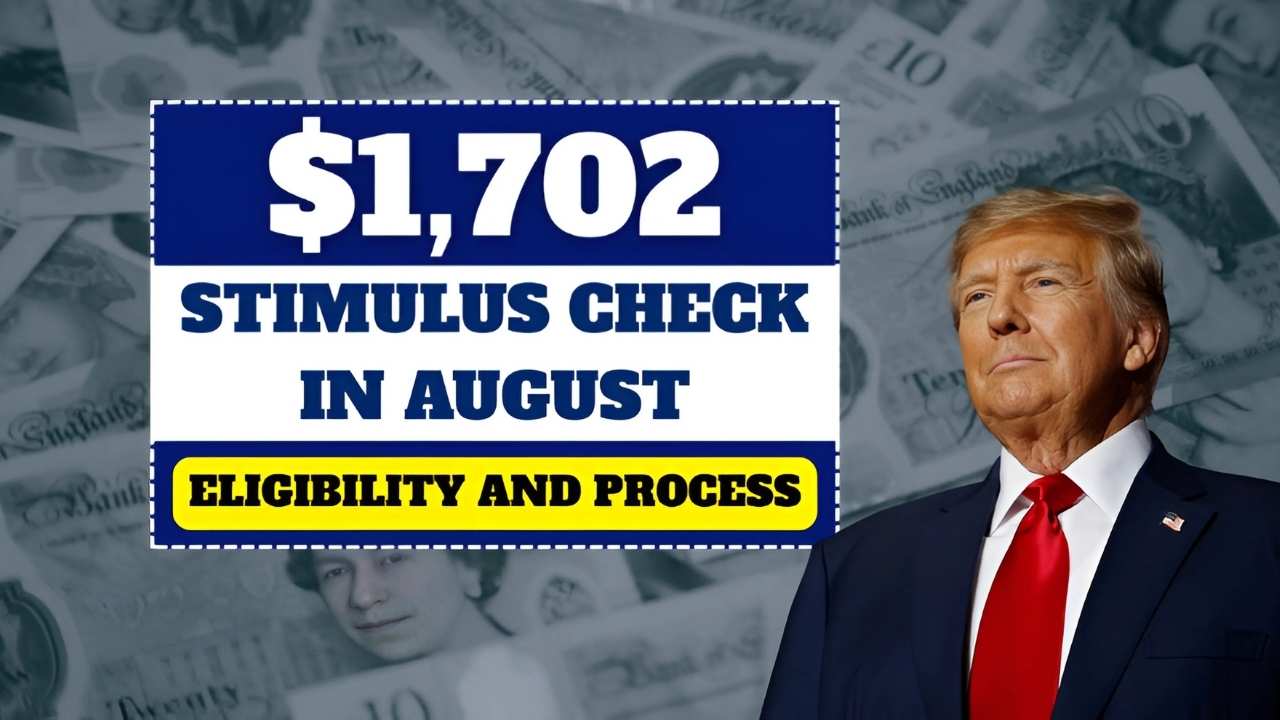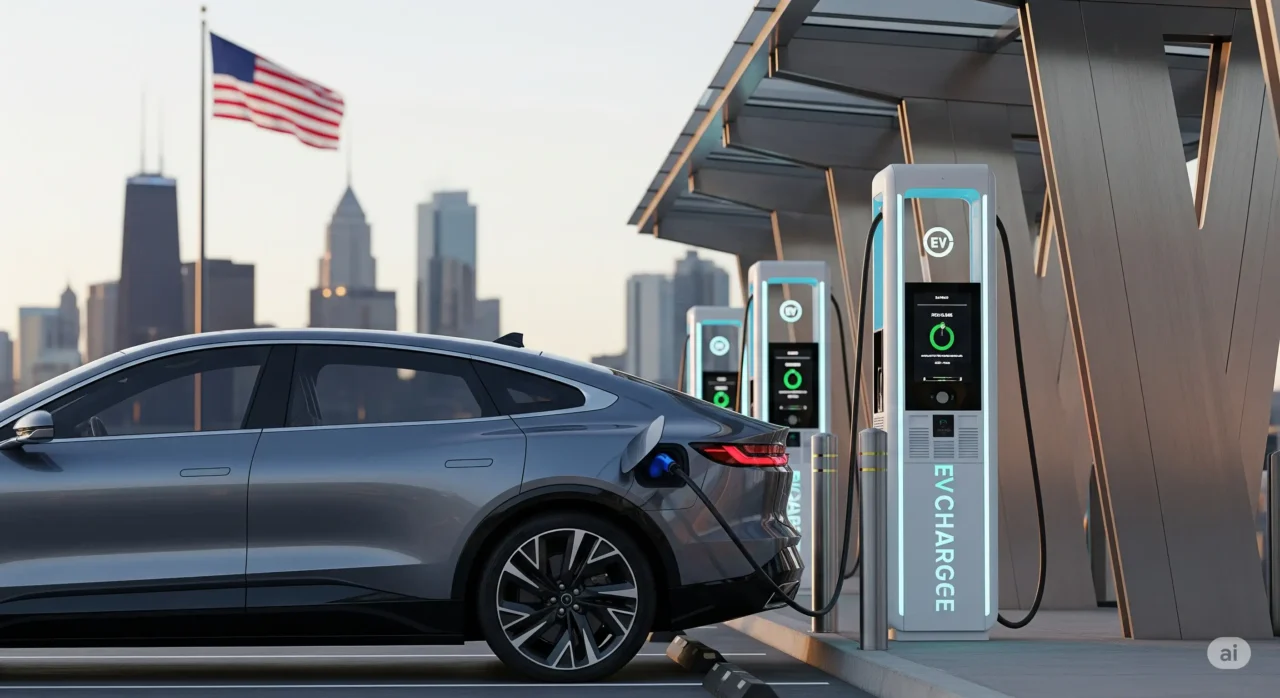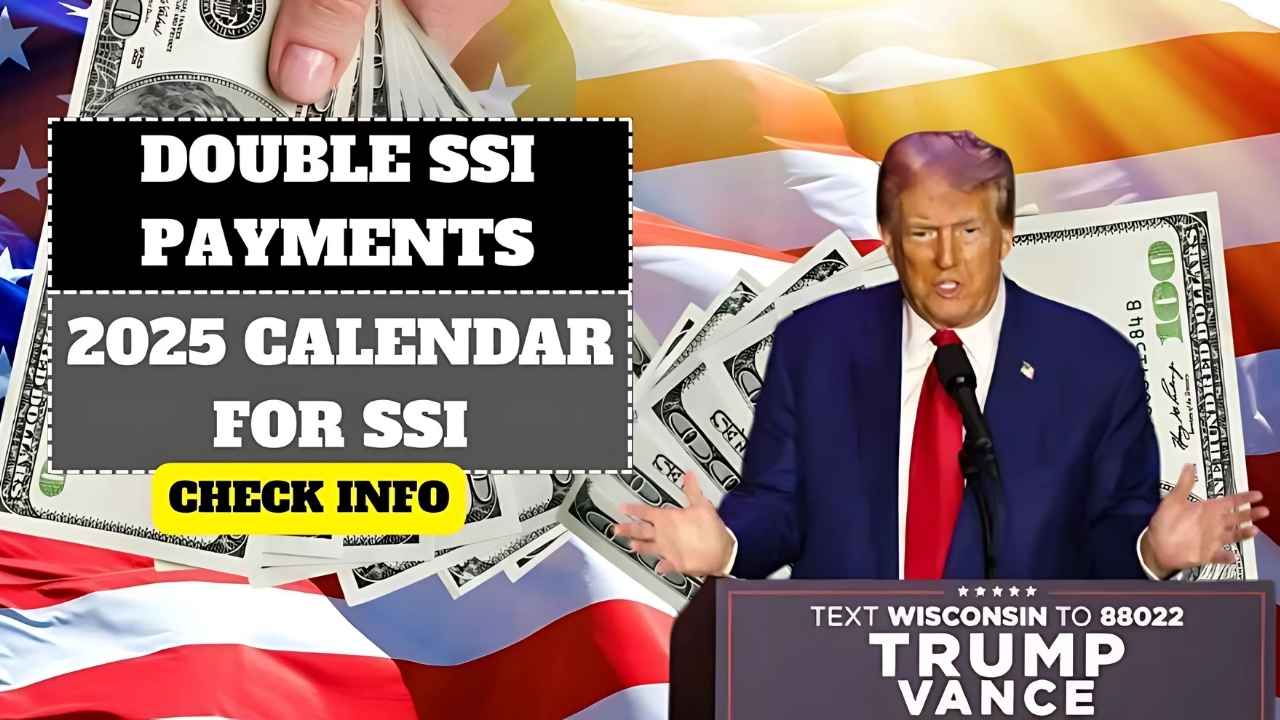In a shocking move, the U.S. Department of Education has paused student loan forgiveness for nearly 2 million borrowers enrolled in the Income-Based Repayment (IBR) plan, leaving millions scrambling to understand what’s next. This temporary halt, announced in July 2025, isn’t permanent but highlights major cracks in the federal student loan system as officials grapple with legal battles and technical updates. If you’re one of the affected borrowers, here’s the full scoop on why this is happening, what it means for your loans, and how to stay prepared while waiting for relief.
Why Is IBR Forgiveness Paused?
The Department of Education has suspended loan forgiveness under the IBR plan to implement system-wide updates, despite IBR not being directly tied to recent court orders blocking other income-driven repayment (IDR) plans like SAVE, PAYE, and ICR. Unlike those plans, which face legal challenges from Republican-led states questioning their authority, IBR was created by Congress in 2007 and remains legally sound. However, the pause is needed to ensure accurate payment tracking across all IDR plans, especially after a federal appeals court ruling in February 2025 expanded restrictions on SAVE and other plans.
This suspension affects roughly 2 million borrowers who were expecting loan forgiveness after 20 or 25 years of payments under IBR. The Department insists this is temporary, with forgiveness set to resume once systems are updated, but no clear timeline has been provided, sparking frustration and uncertainty.
What Does This Mean for IBR Borrowers?
If you’re enrolled in IBR, here’s what you need to know:
- Forgiveness Delay: If you’ve reached the 20- or 25-year mark for IBR forgiveness, your debt won’t be canceled yet. The Department is working to establish accurate payment counts, and discharges will resume once updates are complete.
- Refunds for Overpayments: If you make payments after becoming eligible for forgiveness, those payments will be refunded once the system resumes processing discharges.
- Keep Making Payments: Experts advise continuing monthly payments to avoid being flagged as late, which could harm your credit or lead to default.
- Forbearance Risks: You can request forbearance to pause payments, but interest will accrue, potentially increasing your loan balance. This may not be the best option for everyone, so weigh the costs carefully.
Why This Pause Matters
The IBR plan is a lifeline for millions, tying monthly payments to income and family size, with forgiveness after 20 years (for loans taken on or after July 1, 2014) or 25 years (for earlier loans). Unlike the Biden-era SAVE plan, which was halted by courts for overstepping legal authority, IBR’s congressional backing makes it a stable option. However, the system updates are needed to separate IBR’s processes from those of legally challenged plans, ensuring compliance with court rulings.
The lack of a clear resumption date has drawn criticism from borrower advocates, who warn that delays erode trust in the student loan system. “Student loan borrowers who anticipated that a portion of their loans would be wiped out are in panic mode,” said Erica Sandberg, a consumer finance expert. Legal groups have also accused the Trump administration of using court orders as an excuse to slow down relief, adding to the chaos caused by staff layoffs and a backlog of 1.5 million IDR applications.
What’s Happening with Other Repayment Plans?
The broader student loan system is in turmoil:
- SAVE Plan: Nearly 8 million borrowers are in forbearance, with payments paused but interest set to accrue starting August 1, 2025, due to court injunctions.
- PAYE and ICR: Forgiveness under these plans is also paused due to legal challenges questioning their authority.
- Public Service Loan Forgiveness (PSLF): PSLF remains active, but payment tracking is inconsistent, and proposed changes could limit eligibility for some nonprofit workers.
- New Repayment Assistance Plan: The One Big Beautiful Bill Act, signed July 4, 2025, introduces a new Repayment Assistance Plan (RAP) starting July 1, 2026, which will replace most IDR plans. Current borrowers can still access IBR, but new borrowers will have limited options.
How to Protect Your Finances
To navigate this pause, take these steps:
- Check Your Status: Log into your mySocialSecurity account at ssa.gov or contact your loan servicer to confirm your payment history and IBR status.
- Continue Payments: Keep making monthly payments to stay in good standing, especially if you’re close to forgiveness. Refunds will cover any overpayments.
- Explore Forbearance Carefully: If you can’t afford payments, request forbearance but understand that interest will accrue. Use the Department’s Loan Simulator at StudentAid.gov to estimate costs.
- Monitor Updates: Check StudentAid.gov/courtactions for the latest on IBR and other plans. Sign up for email alerts from your loan servicer.
- Consider Switching Plans: If you’re in SAVE, switch to IBR to continue earning credit toward forgiveness, especially for PSLF. Paper applications are available if online systems are down.
Looking Ahead: 2026 Changes
The One Big Beautiful Bill Act will overhaul student loan repayment, phasing out SAVE, PAYE, and ICR by July 1, 2026, leaving only IBR and a new Repayment Assistance Plan. This could mean higher payments for some, especially graduate borrowers, as RAP extends forgiveness to 30 years. Stay proactive by reviewing your options now and preparing for higher payments if you need to switch plans.
FAQs
Why is IBR forgiveness paused?
The Department is updating systems to comply with court rulings on other IDR plans, even though IBR isn’t directly affected.
When will IBR forgiveness resume?
No specific date is set, but updates are expected by September 2025, with payments due by December. Check StudentAid.gov for updates.
Will I lose my forgiveness progress?
No, payments made under IBR or other IDR plans still count toward forgiveness once discharges resume.
What if I can’t afford payments?
Contact your servicer to discuss forbearance, but be aware interest will accrue. Use the Loan Simulator to compare options.
Is PSLF affected?
PSLF is still active, but payment tracking is delayed, and proposed rules may limit eligibility for some nonprofit workers.
This pause adds uncertainty to an already complex system, but staying informed and proactive will help you manage your loans until forgiveness resumes. Keep checking StudentAid.gov and your servicer for updates to secure the relief you’re entitled to!
